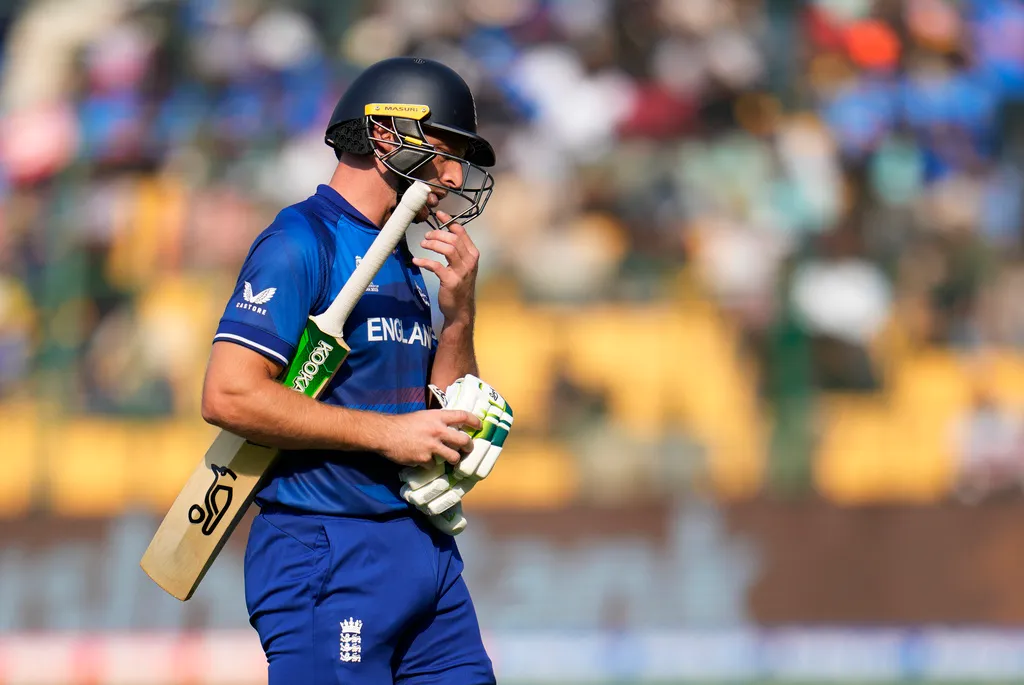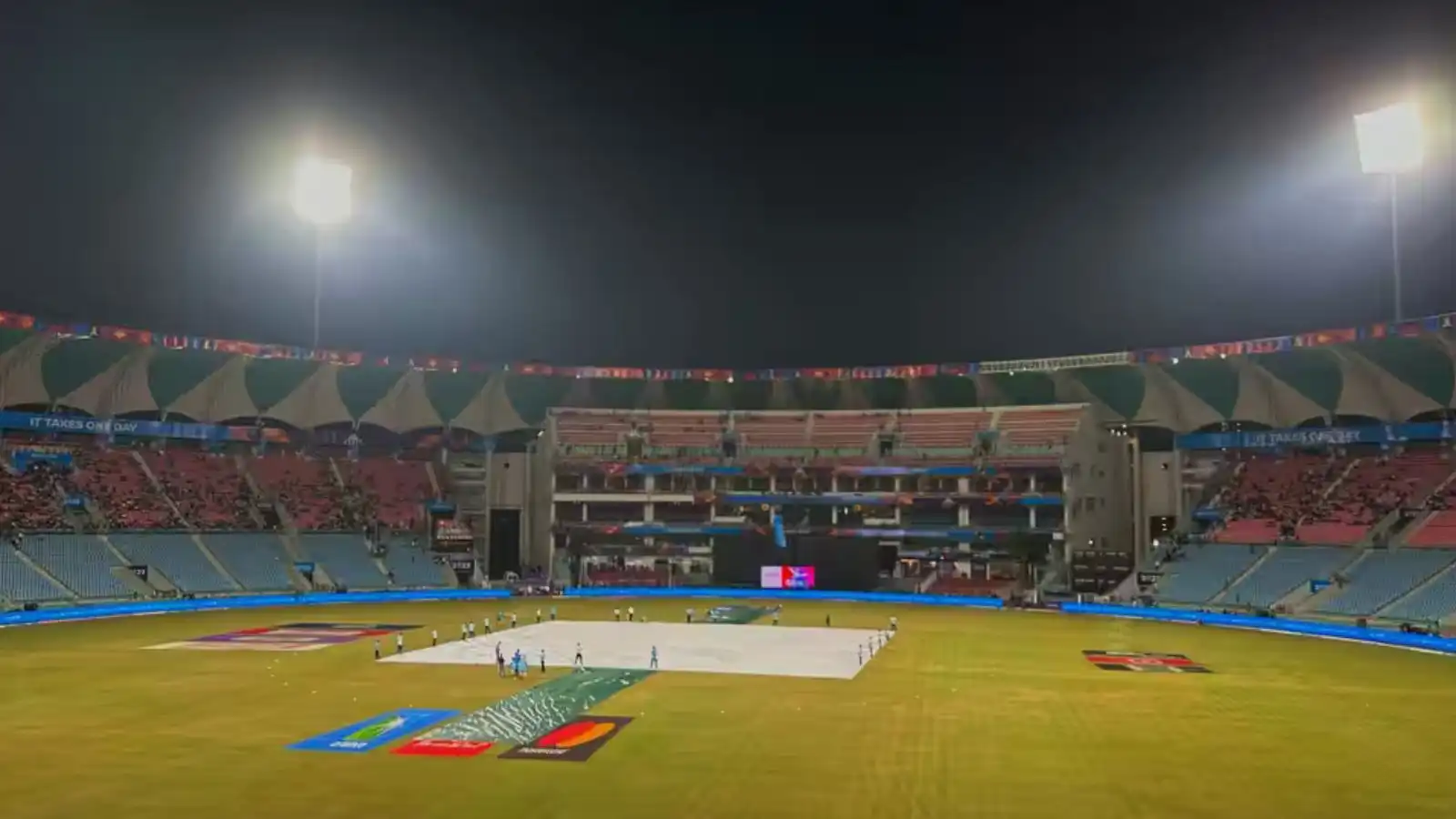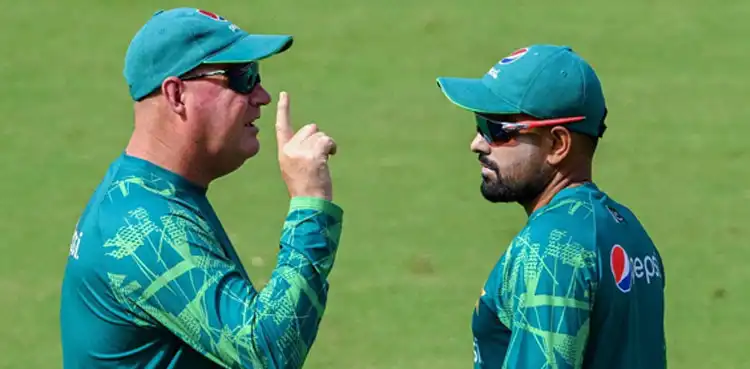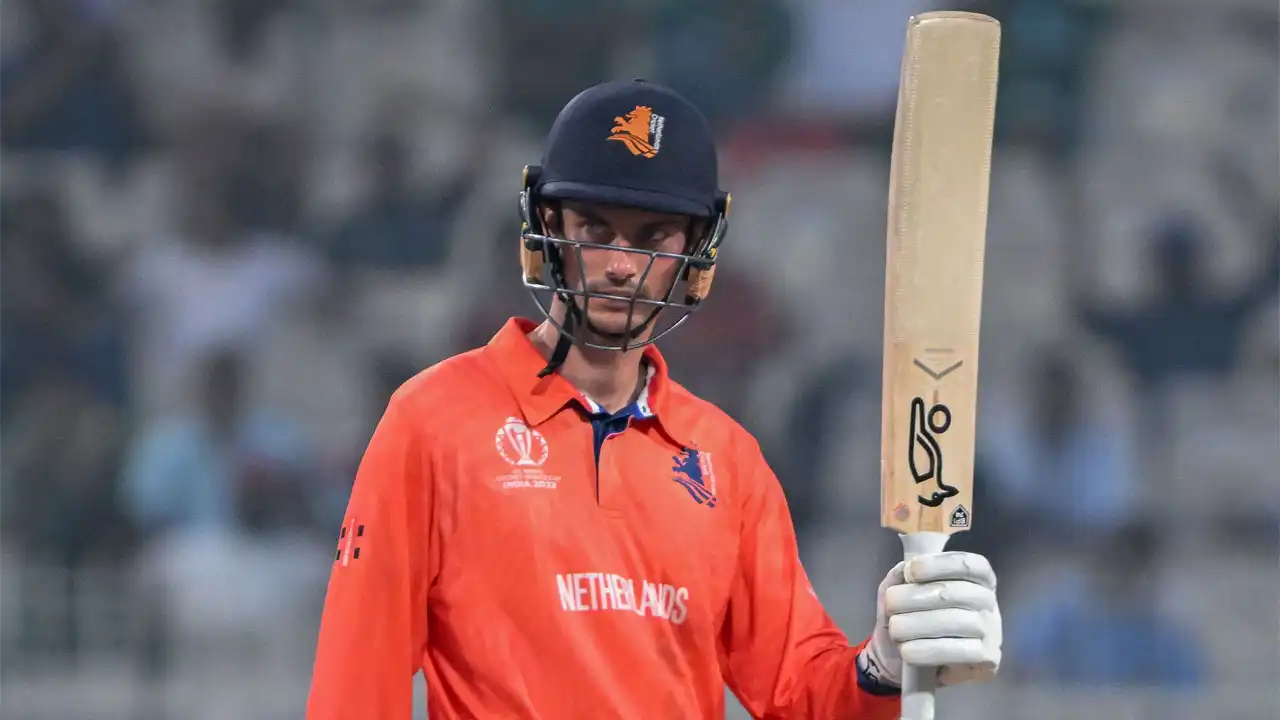 England have failed to put in a display worthy of defending champions in World Cup 2023 (Source: AP Photos)
England have failed to put in a display worthy of defending champions in World Cup 2023 (Source: AP Photos)
England's performance in the ICC World Cup 2023 has been a rollercoaster ride, with the team going from tournament favorites to the brink of elimination. A few key factors have contributed to their struggles. The batting department, which is traditionally known for its aggressive stroke play, has failed to deliver consistently.
Apart from Dawid Malan and Joe Root, the top-order batters have struggled to make their presence felt. In games against Afghanistan and South Africa, this batting inconsistency was evident, with big names like Jos Buttler, Jonny Bairstow, and Liam Livingstone failing to produce significant innings.
The fast-bowling department, another crucial aspect of England's game plan, has faced its share of challenges in the tournament. Losing Reece Topley to injury was a significant blow, as he was the only fast bowler who managed noteworthy performances.
For More Such Reads, Click Here.
Other pace bowlers like Mark Wood, Chris Woakes, and Sam Curran have struggled to pick up wickets and have been on the expensive side in terms of economy rates. These combined factors have contributed to England's disappointing run in the World Cup.
England's Struggles Unveiled: The Big Three Culprits
The Net Activity Rate (NAR) % is indeed an important factor in assessing a team's performance in limited-overs cricket. It signifies the difference between how many singles and doubles a team takes versus how many they concede to the opposition during a match. It is a measure of a team's ability to rotate strike, steal quick singles, and keep the scoreboard ticking.
In England's case, their NAR percentage fluctuated throughout the tournament. In their first match against New Zealand, they had a positive NAR of 6.21 percent, indicating their superiority in this aspect of the game. However, their NAR started declining from the second match against Bangladesh, and the trend continued in the subsequent games. By the time they faced Afghanistan, their NAR had slipped into the negative at -1.58 percent.
The most significant drop in NAR occurred in the match against South Africa, where they had a dismal NAR of -29.76 percent, indicating a significant struggle in rotating strike and taking quick singles and doubles. This trend continued against Sri Lanka, with an NAR of -11.11 percent, showing that their ability to accumulate runs through singles and doubles was a major concern.
Failure Against Spinners: One of England's significant issues was their vulnerability to spin bowling. Several of their key batters, including Jos Buttler, Joe Root, and Jonny Bairstow, had a challenging tournament when facing spinners. In subcontinental conditions, where spin plays a vital role, England's inability to counter quality spin bowling proved to be a major hindrance.
No Plan B: Another notable concern was England's over-reliance on their aggressive and attacking approach. While their aggressive style is usually effective, it can be a double-edged sword in conditions where the ball tends to grip and turn. Having no backup plan or the ability to adapt their approach in different conditions was a significant shortcoming. When their all-out attacking approach wasn't working, they seemed to have no alternative strategy to fall back on.
Conclusion
Overall, the combination of these factors, along with issues such as their Net Activity Rate (NAR) declining significantly and struggles in the fast-bowling department, led to England's disappointing performance in the tournament. These weaknesses highlight the importance of adaptability, planning, and being equipped to handle diverse conditions and opposition in international cricket.

![[Watch] Glenn Maxwell ‘Launches’ Mitchell Santner Right Onto Dharamsala Roof For Six](https://onecricketnews.akamaized.net/parth-editor/oc-dashboard/news-images-prod/1698480379111_Work (2).jpg)
.jpg?type=mq)



